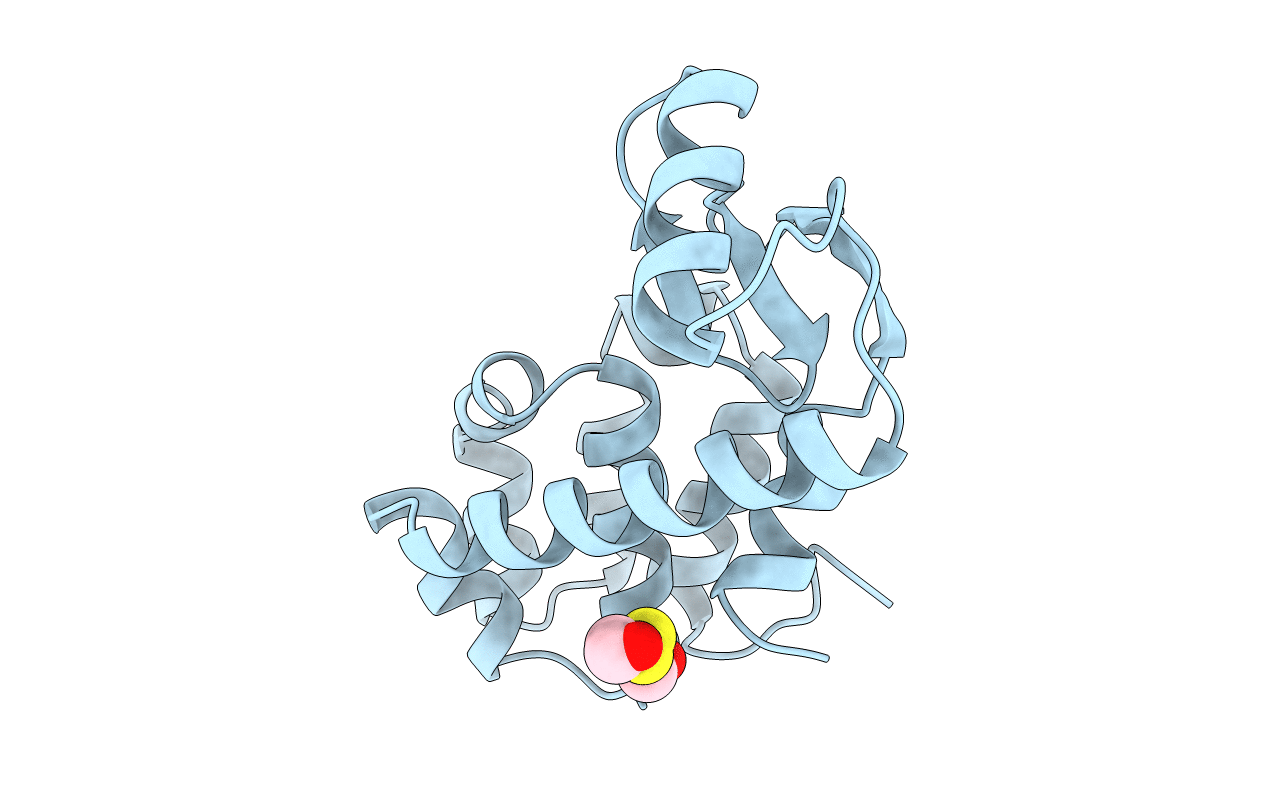
Deposition Date
1993-05-28
Release Date
1994-01-31
Last Version Date
2024-02-07
Entry Detail
PDB ID:
131L
Keywords:
Title:
STRUCTURES OF RANDOMLY GENERATED MUTANTS OF T4 LYSOZYME SHOW THAT PROTEIN STABILITY CAN BE ENHANCED BY RELAXATION OF STRAIN AND BY IMPROVED HYDROGEN BONDING VIA BOUND SOLVENT
Biological Source:
Source Organism:
Enterobacteria phage T4 (Taxon ID: 10665)
Method Details:
Experimental Method:
Resolution:
1.70 Å
R-Value Observed:
0.15
Space Group:
P 32 2 1


